And here they are:
13. Margherita Pizza
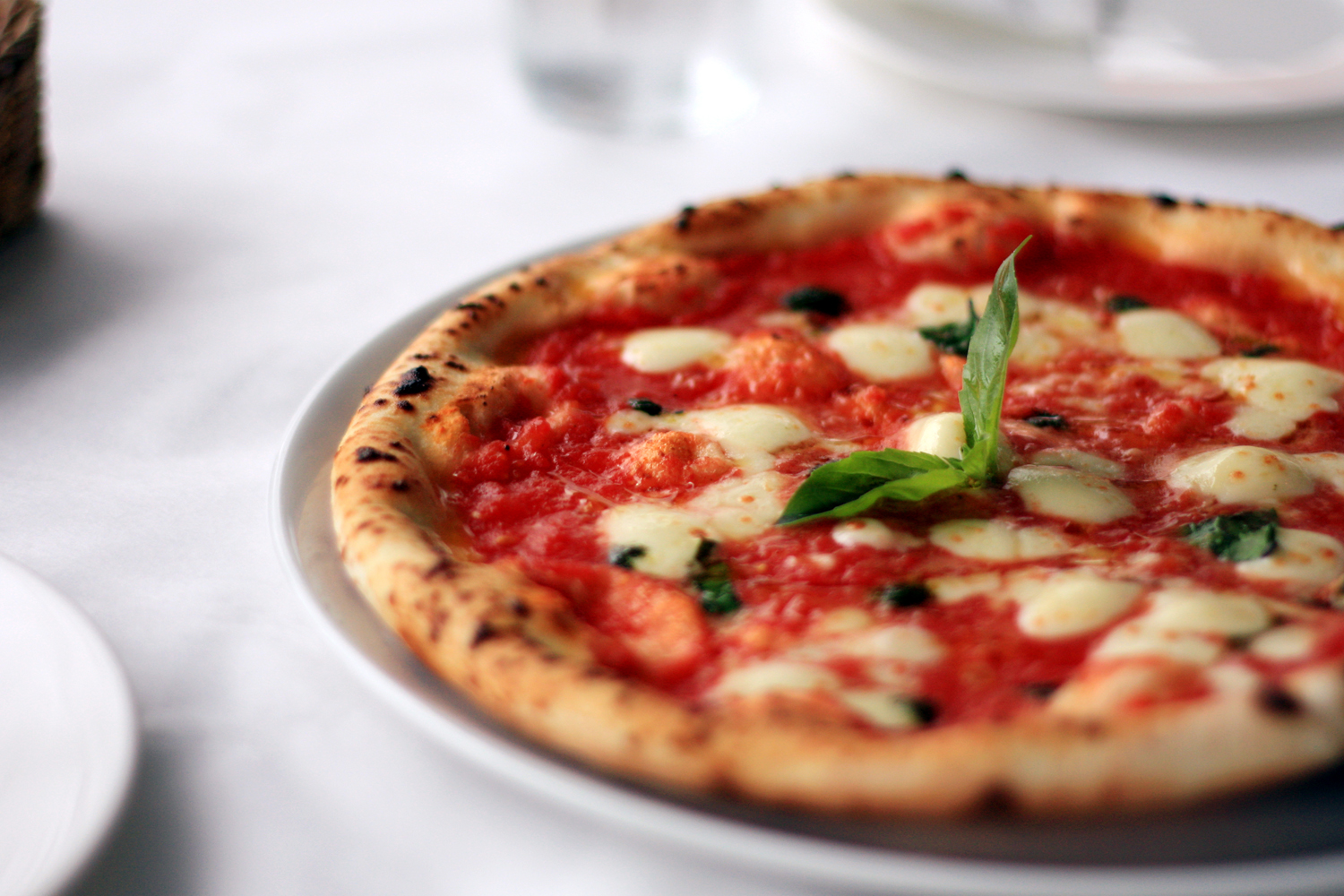
As legend has it, Queen Margherita of Italy wanted to try the Neapolitan flatbread she’d heard so much about during a visit to Naples in 1889. Of the three varieties she sampled, her favorite was her namesake: a Margherita pizza whose toppings mimicked the colors of the Italian flag: red tomatoes, white mozzarella, and green basil. Whether the origin myth is true or invented, the Margherita pizza helped spawn almost every modern-day pie, and is now “the standard for what a good pizza is,” says Helstosky.
12. Domino’s
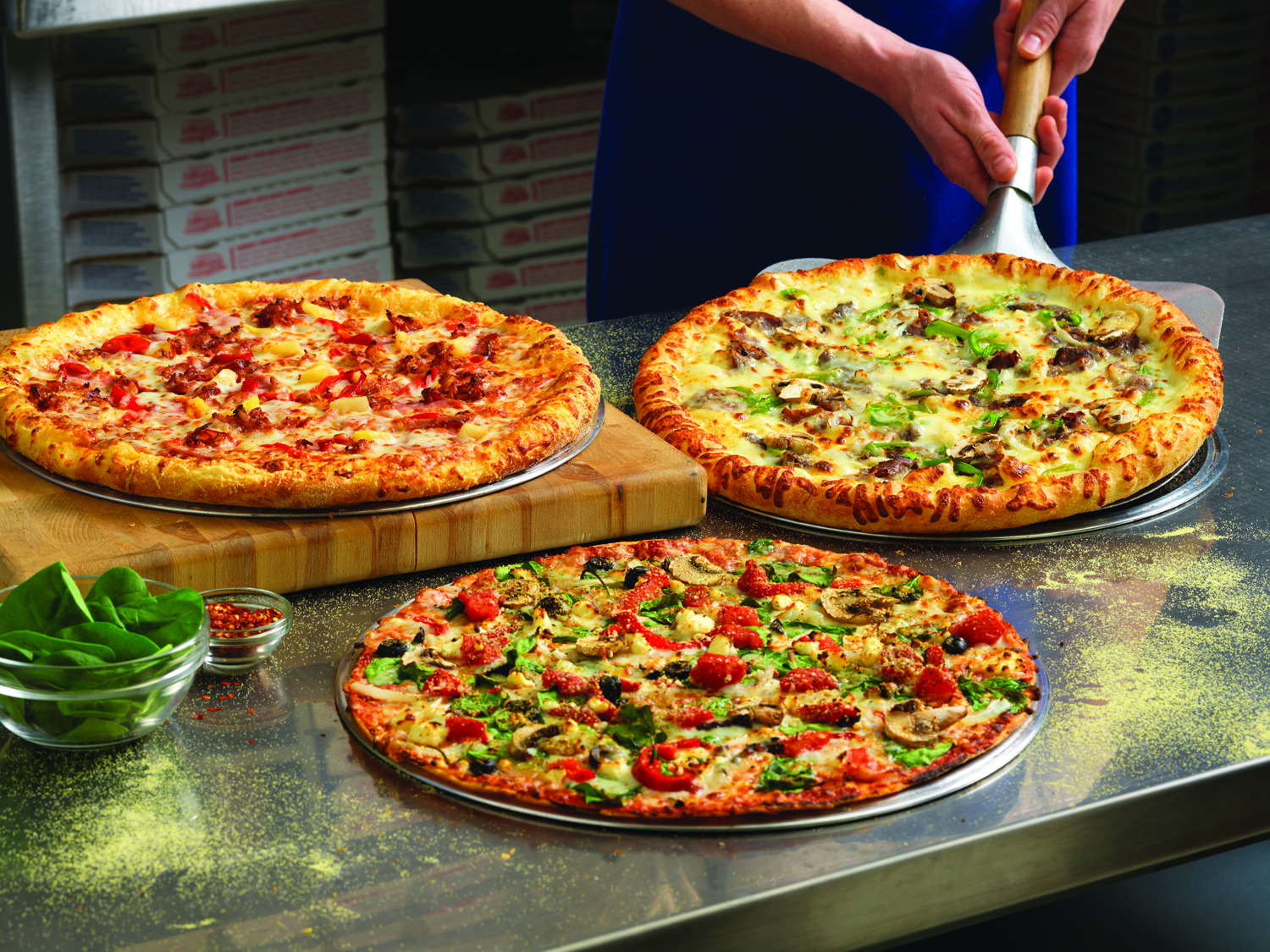
When Tom Monaghan took over the Ann Arbor eatery (known then as DomiNick’s) in 1960, he pioneered the delivery and takeout-only concept, making pizzas like this available on-the-go. (The chain would later be the first to use thermal delivery bags to keep the pies hot in transit.) The success of that model prompted copycats all over the world, and helped pave the way for food-delivery services like Seamless and GrubHub.
11. Totino’s Frozen Pizza

Pizza was still a relatively niche interest in American cuisine in the middle of the 20th century, but the introduction of frozen pizza helped put it on every table. Rose Totino was the first to do this in a major way (the Celentano Brothers beat her by several years with far less success), opening a factory in 1962 to market the pie recipes from her Minnesota pizzeria to a much wider audience. Now, consumers can defrost everything from simple DiGiorno’s to more upscale options like Newman’s Own and Kashi.
10. Lombardi’s

Even if you haven’t heard of this pizza, you have tasted the fruits of its labor. As the first documented pizzeria in the U.S. (it was licensed in New York in 1905), Lombardi’s was the first step on pizza’s path from Neapolitan specialty to global mass-market obsession. To be sure, it had help; other early U.S. pizzerias included Totonno’s (opened by a Lombardi’s alum in 1924), John’s and Grimaldi’s, all of which blossomed after WWII, when vets returning home started craving the pies they’d come to love while stationed in Naples.
9. Ed LaDou’s Pizzas

Prior to the “California style” trend, pizza was a simple food meant to be enjoyed by the whole family, says Helstosky. But when chef Ed LaDou started making smaller pies garnished with more varied, non-traditional toppings, the dish became a foodie favorite. With help from Wolfgang Puck (who he met in 1980), LaDou developed the luxe pizza menu at Spago, and eventually the first menu for California Pizza Kitchen, which mainstreamed the gourmet pizza trend. His legacy endures today in trendy pizza spots like Roberta’s and Motorino.
8. Shakey’s

The first fast-food pizza debuted in 1954 in Sacramento, Calif., paving the way for joints like Pizza Hut in 1958, Little Caesar’s in 1959, and Domino’s in 1960—and helping pizza transition from an ethnic dish to a mainstay of American cuisine. Shakey’s remains in business, but it now has more locations in Asia than in the U.S.
7. Uno’s
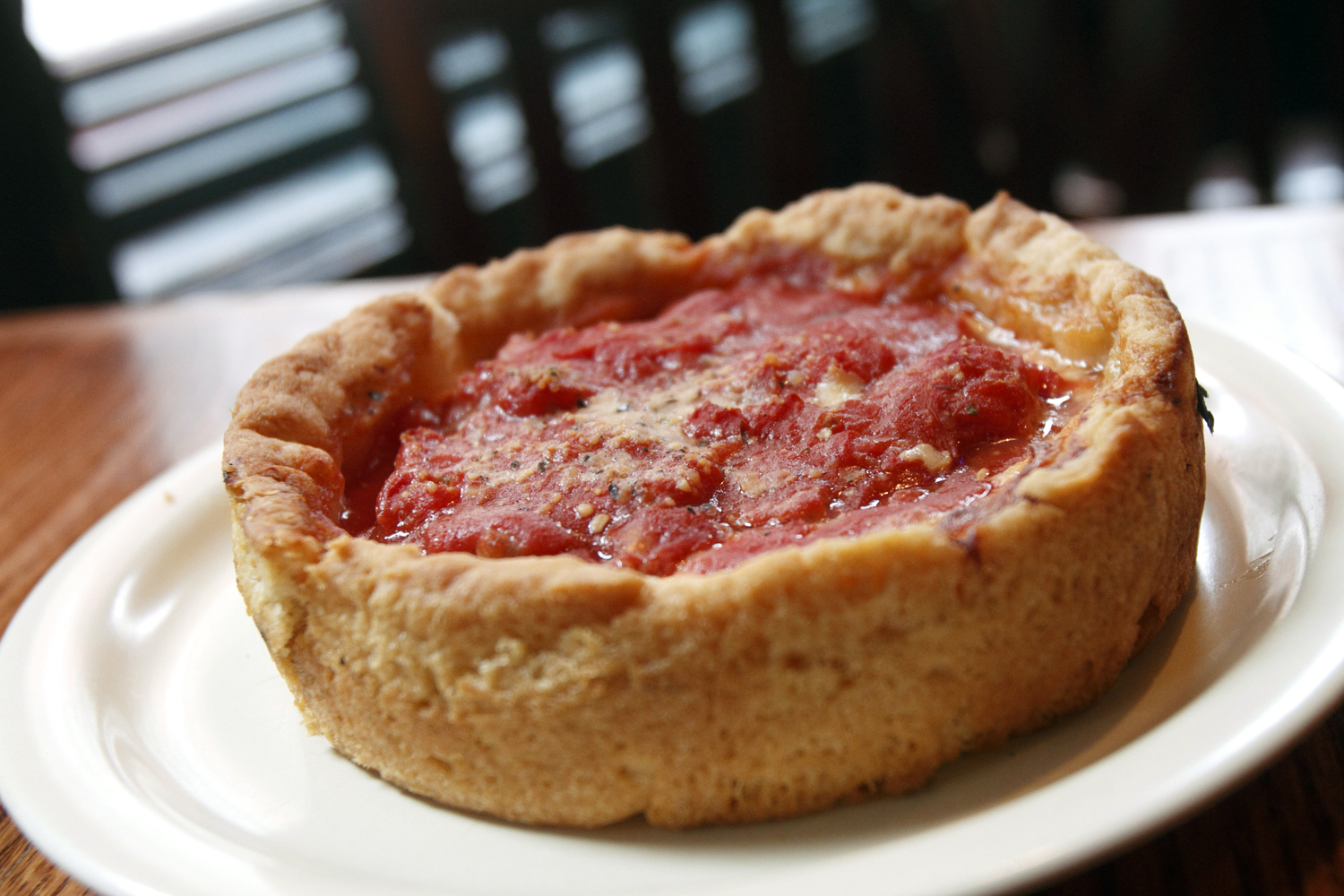
The iconic pie—which debuted in Chicago in 1943, at a restaurant called Pizzeria Riccardo, then Pizzeria Uno, and now Uno Chicago Grill—is widely considered to be the first-ever deep-dish pizza. The heavy, buttery crust was a complete departure from the standard Neapolitan and came to “define an entire city,” according to Wiener. The company rapidly expanded through franchises in the 1980s, and today deep-dish pizza is a staple on menus at Little Caesars, CiCi’s and more.
6. Pizza Hut Stuffed Crust
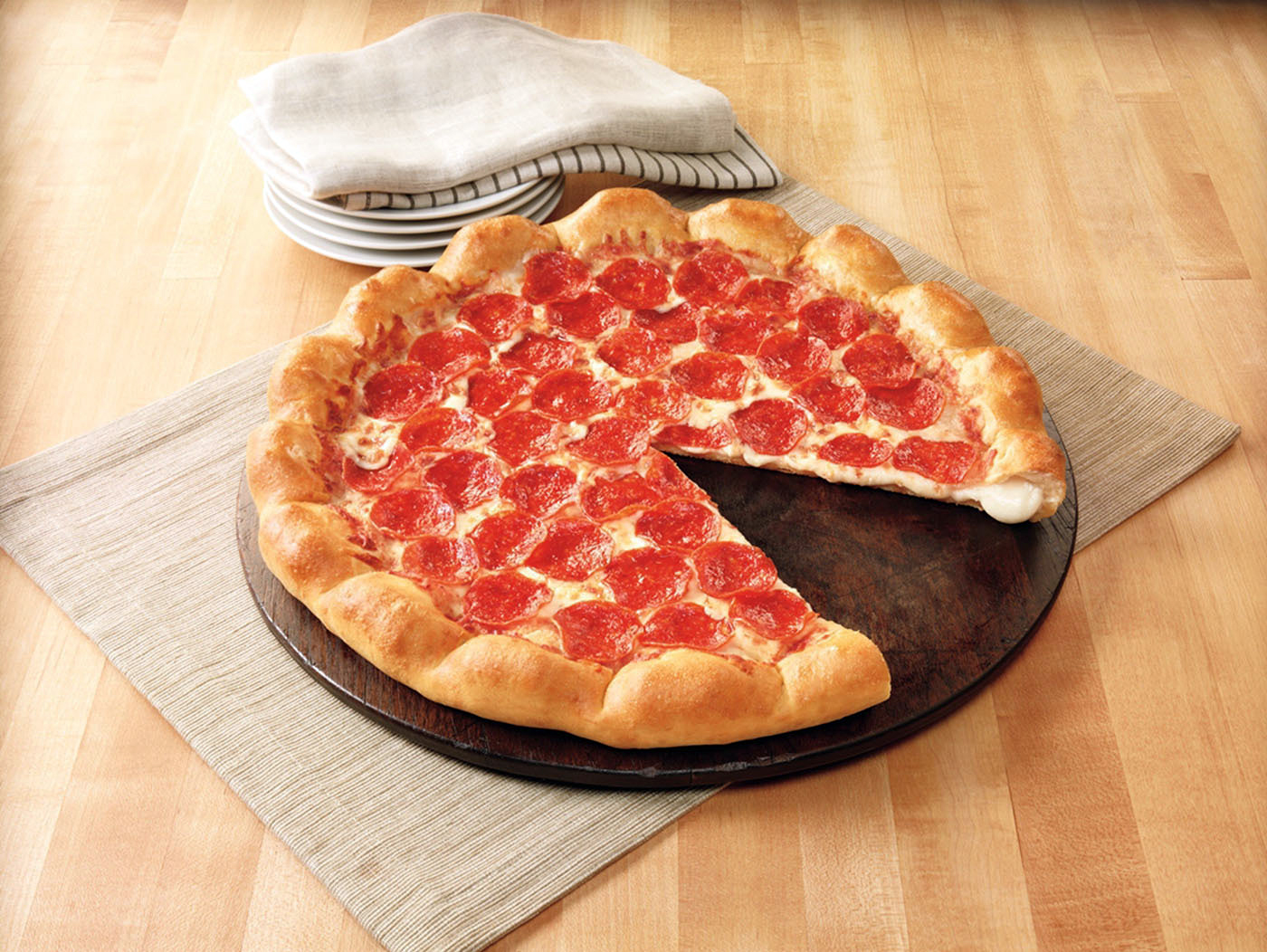
Others have claimed they invented this novelty (cheesemaker Anthony Mongiello holds a 1987 patent for the idea), but Pizza Hut was the first to launch cheese-filled crusts on a national scale in 1995. Once it took off in the States, says Carol Helstosky, author of Pizza: A Global History, Pizza Hut developed regional versions overseas—from hot-dog stuffing in the U.K. to cheeseburger stuffing in the Middle East to Marmite stuffing in New Zealand. The hit has spawned copycats from Godfather’s Pizza, DiGiorno’s and more.
5. Totino’s Pizza Rolls
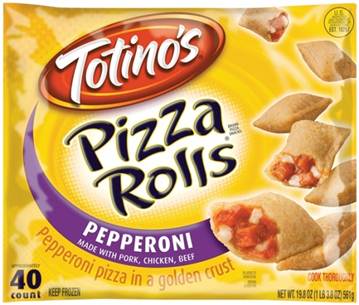
A favorite at slumber parties, pizza rolls (originally produced in 1968 by Jeno’s, which was later sold to Totino’s) wrap traditional pizza ingredients inside a salty, chewy crust. They kicked off the pizza-as-snack craze that eventually spawned pizza bagels, pizza Lunchables, and even pizza-flavored Pringles.
4. Pepe’s White Clam Pie

This pie—created by Frank Pepe at Pizzeria Napoletana in the mid-1960s—was the first to put a completely unconventional topping (seafood) on a sauceless pizza. Over time, so-called New Haven style pizza popped up at restaurants like Franny’s in Brooklyn, Salvation Pizza in Austin, Pete’s in Washington, D.C. and more. “So many people copy [clam pizza] across the country,” says Wiener, and every time, “the reference point is Pepe’s.”
3. L&B Spumoni Gardens “Upside Down” Pizza
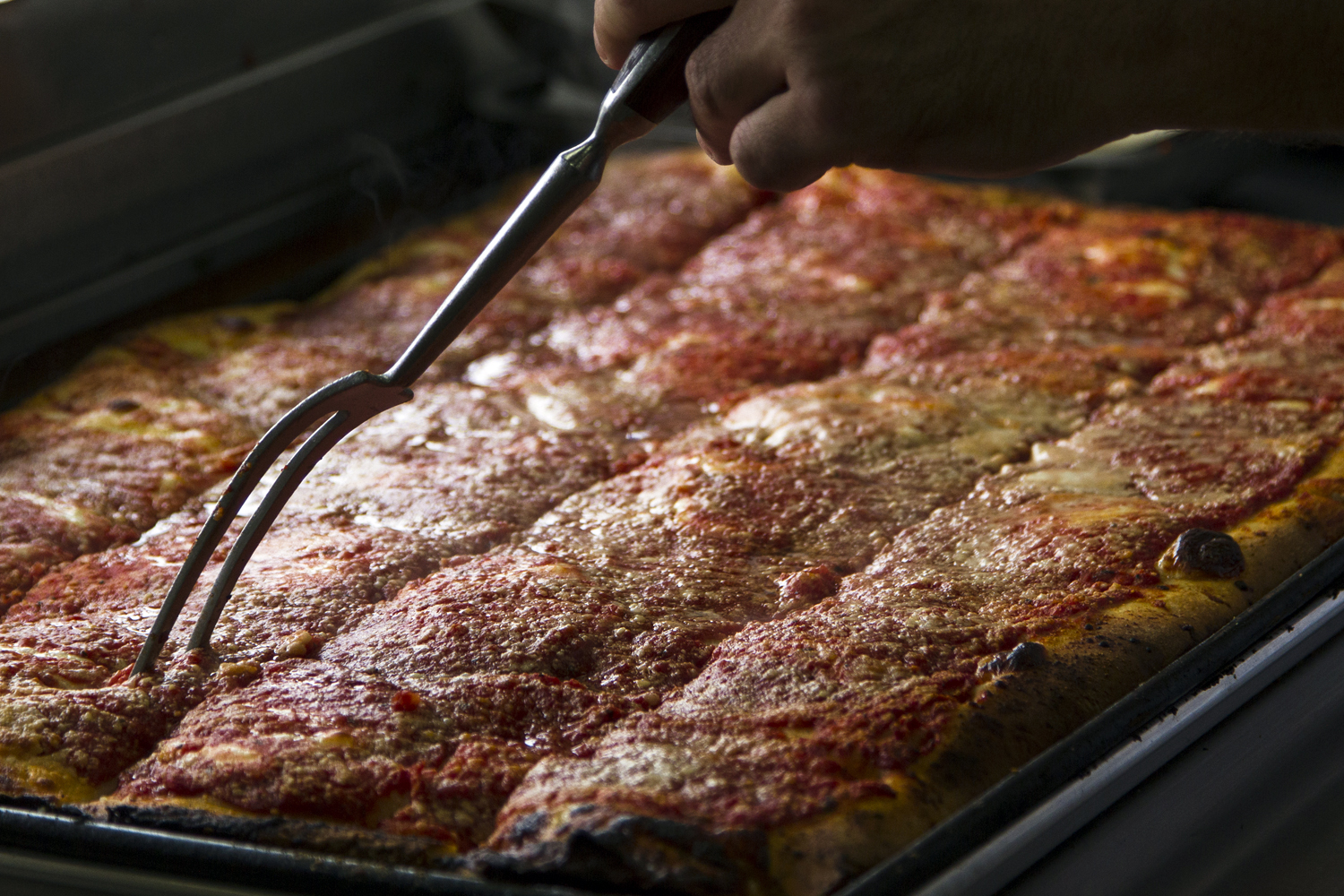
A Brooklyn landmark since 1939, L&B Spumoni Gardens sells thick, Sicilian-style square-cut upside-down pizza—meaning the tomato sauce tops the cheese. Founder Ludovico Barbati “wasn’t the first to put tomato on top of cheese,” says Wiener, “but every time you see it outside of New York City, it’s a reference to that pizzeria.”
2. Mast’Nicola
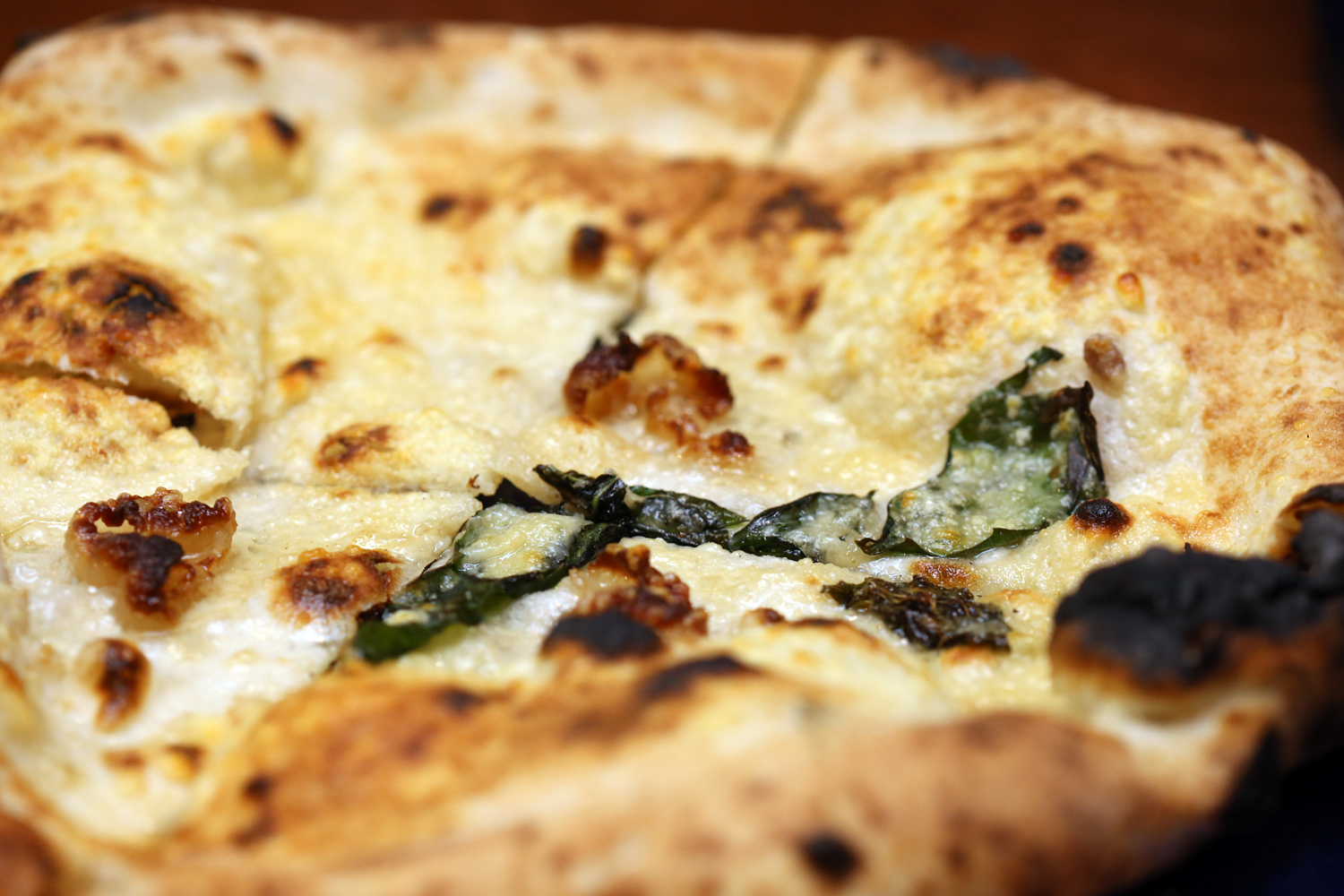
This 17th-century pie, said to be named for Nicola, the Italian baker who made it, was “arguably the first pizza ever in existence,” says Scott Wiener, author of Viva La Pizza!: The Art of the Pizza Box, noting that what separates it from flatbread is the addition of toppings (in this case, pig fat and pecorino). Though humble in origin, it set the stage for the cheese- and sauce-laden pies that are so popular today.
1. Hawaiian Pizza
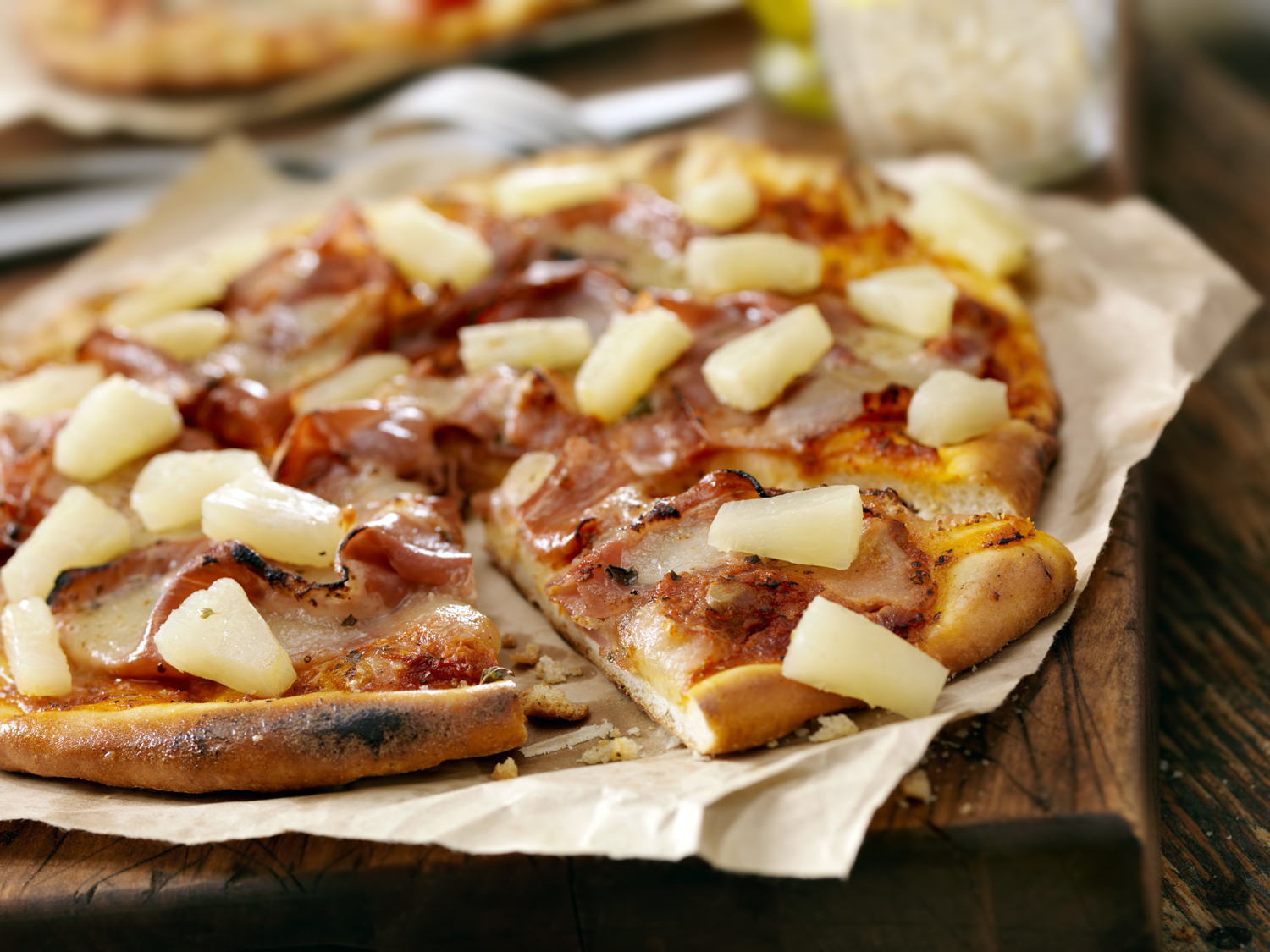
One of pizza’s most divisive flavors, Hawaiian pizza (topped with pineapple and ham) was invented far from its namesake islands by a Greek pizza maker in Chatham, Ontario in the 1960s. Its popularity paved the way for future hybrid hits, like buffalo chicken and barbecue pizzas, now widely available on menus as mass-market as Domino’s.
More Must-Reads from TIME
- Cybersecurity Experts Are Sounding the Alarm on DOGE
- Meet the 2025 Women of the Year
- The Harsh Truth About Disability Inclusion
- Why Do More Young Adults Have Cancer?
- Colman Domingo Leads With Radical Love
- How to Get Better at Doing Things Alone
- Michelle Zauner Stares Down the Darkness
Contact us at letters@time.com